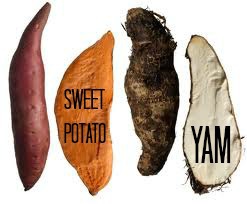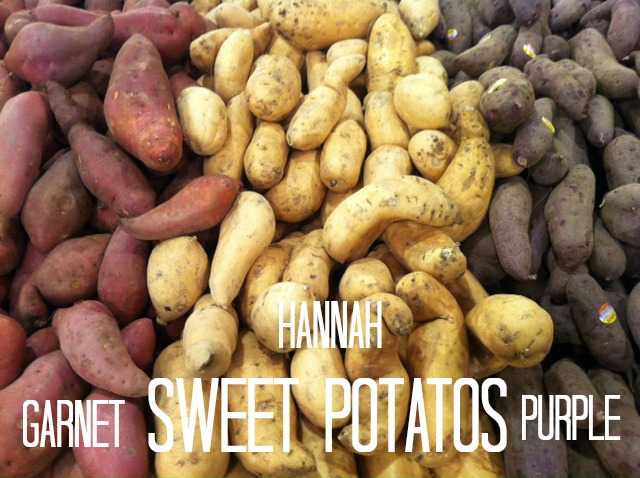How to Prepare Your Healthiest Source of Omega-3 Fats in 15 Seconds
/Omega 3 fats are essential nutrients. This means we must eat them in our diet in order to survive.
They're essential for our membranes, nerve tissue and endothelial cell function.
A-linolenic acid (ALA), is an essential omega-3 fat. When we eat it, out bodies convert it into EPA and then into DHA.
But how much ALA do we actually need in our diet? The Institute of Medicine recommends women eat 1.1 g of ALA each day and men consume 1.6 g per day (1).
When you hear about omega-3s, the sources most commonly associated with these nutrients are fish and supplements.
However, there are much safer and healthier ways to consume omega-3s other than fish and supplements.
Like plants! All whole, plant foods contain small amounts of ALA. Kale, collards, brocolli, potatoes and so on. When you consume whole, plant foods at every meal (like I recommend), you should get enough ALA in your diet.
Plants are where fish and all animals get their omega 3s from -- from the algae and phytoplankton in the ocean. Fish are a secondary source of omega-3s while plants are a primary source (1a).
So what’s the best plant/primary source of omega-3s? Ground flax seeds and english walnuts. They're your omega-3 'insurance' foods.
One tablespoon of flax (10.3g) contains 2.35 g of ALA omega-3 fat (2). With one tablespoon of flax, we’ve already surpased the recommended intake of 1.1 g/day for women, set by the Institute of Medicine.
How much ALA is in this same amount of wild, Atlantic caught Salmon? 0.03g (3).
Flax seed has more omega-3 ALA fat than wild salmon!
Plus with flax, you won’t consume any environmental carcinogens like mercury, that accumulate in fish; you’ll consume less fat; you’ll skip the dose of cholesterol found in fish; and you’ll get more vitamins, minerals, antioxidants and phytonutrients.
So add ground flax to your oatmeal, smoothies or use as an egg replacer when baking.
Answer this question in the comments section below and lets hear what you think of this information.





